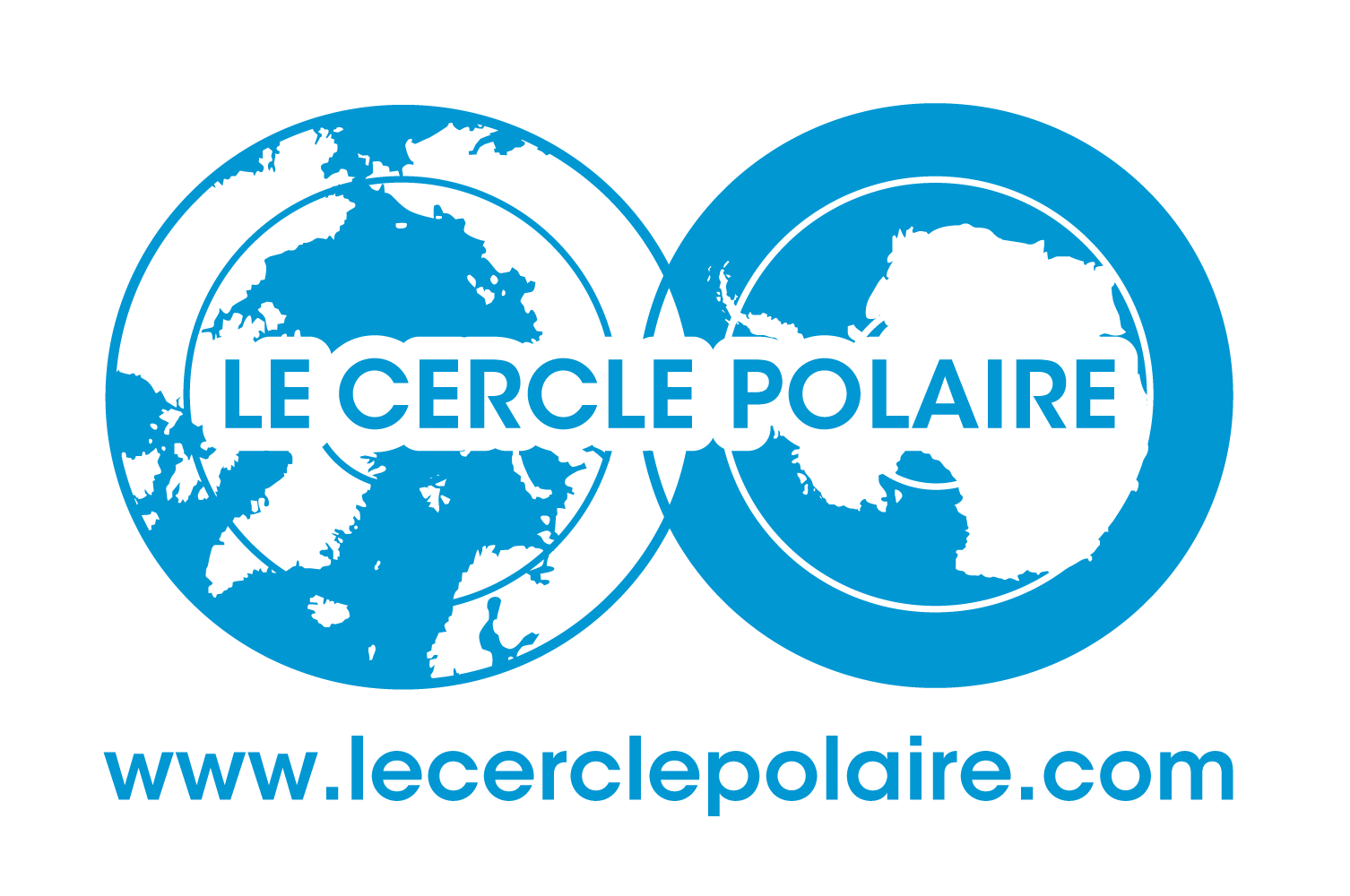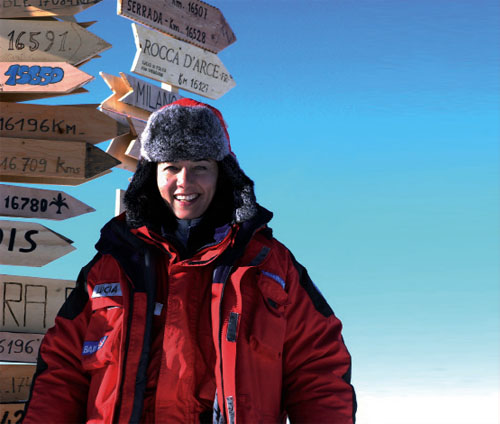
Photographe • Italie
Je redoute qu’un jour la soif de ressources détruise cet exemple miraculeux de collaboration internationale qu’est l’Antarctique
Lucia Simion est journaliste scientifique et photographe de nature depuis vingt ans. Médecin de formation, elle a participé à 3 voyages dans les îles subantarctiques et à 8 expéditions en Antarctique dont 3 campagnes d’été pour couvrir la construction de la station franco-italienne Concordia. Auteur d’un beau livre sur l’Antarctique, elle est membre de l’équipe IPY Education Outreach depuis 2006.
I have always loved the snow, as far back as I can remember. It may be because my parents were brought together by a formidable snowstorm in a village in the Dolomites, in Italy. But there’s another explanation: when I was six, my family left Italy and moved to Neuilly-sur-Seine in France. There, we lived almost next door to the house of Captain Charcot,who is known as the gentleman of the poles, and my school bears his name. Was this fate or just a coincidence? Whatever the answer, as soon as I had my doctorate in medicine from the University of Milan (where I was born), and after a certain period travelling the world as a scientific journalist and nature photographer, I returned to Paris and turned my attention to the Antarctic, a world of snow, ice and wind at the far end of the earth. My first voyage took me to South Georgia and the Arctic Peninsula, following the route taken by Shackleton and Charcot. Subsequently, in 1999, I discovered that a Franco-Italian research station was under construction at the heart of the Antarctic, roughly 18,000 km from Paris or Rome. The base was known as Concordia, at Dome C. As an Italian by birth and a Frenchwoman by choice, the idea appealed to me immediately. Through three successive summers, I photographed the building of Concordia and the EPICA project, in the aim of publishing a book to coincide with the fourth International Polar Year. While this dream didn’t materialise, I didn’t give up: I continued to travel to the Antarctic, to extend my knowledge of the continent and to visit other countries’ polar programmes. In 2005, I was allowed into a Graduate Certificate in Antarctic Studies course in New Zealand, and was part of a camp on the Ross Ice Shelf. My book finally did came out in October 2007, and was included in the IPY Polar Books Collection; in November that year I landed on Ross Island to participate in the international ANDRILL project. Then, thanks to Italy’s polar programme, I returned to Dome C, where I saw at last the completed Concordia station. I will continue devoting myself to the Antarctic, as this borderless continent is for me a beloved friend. My fear for the future is neither the scourge of tourism nor global warming. My fear is that the Antarctic Treaty will one day be violated and that the world’s hunger for resources will destroy this miraculous example of international cooperation.

